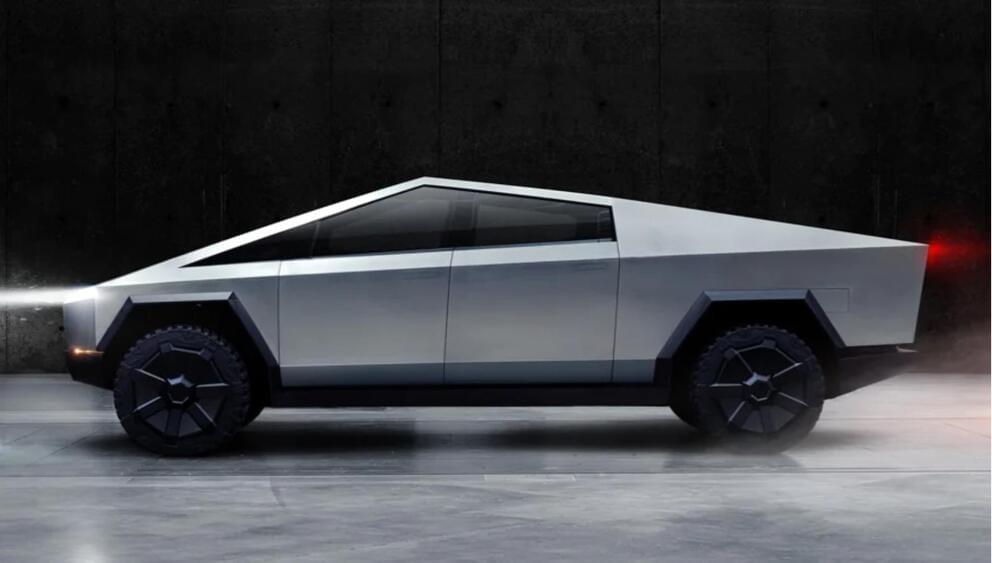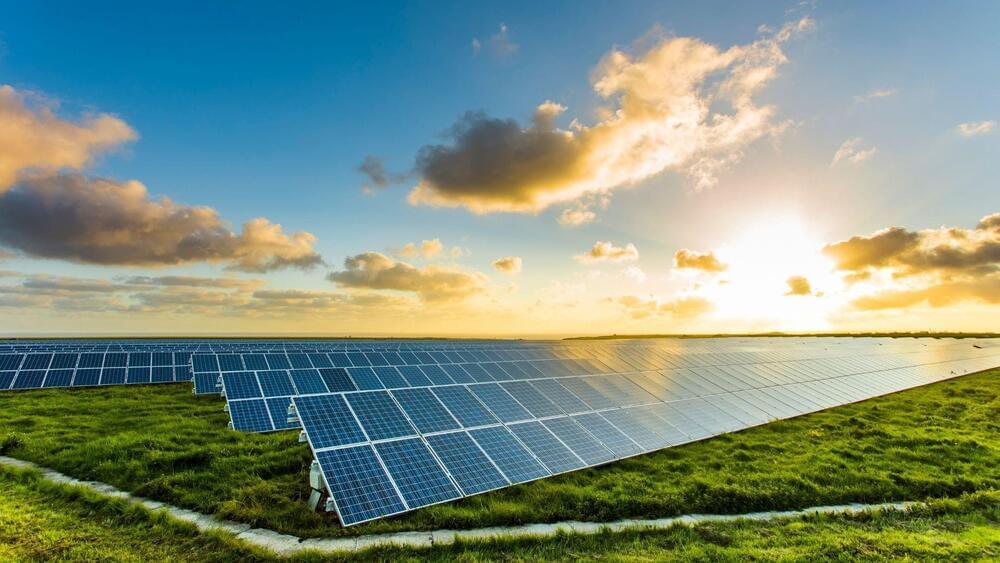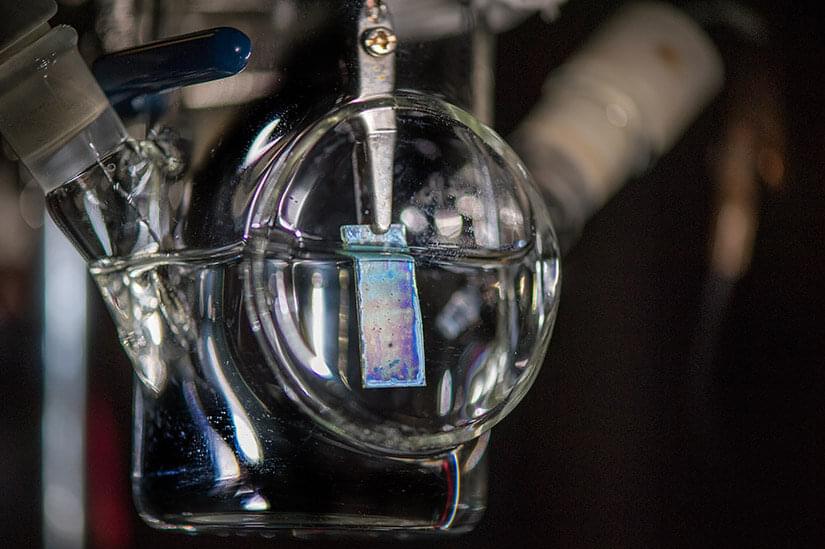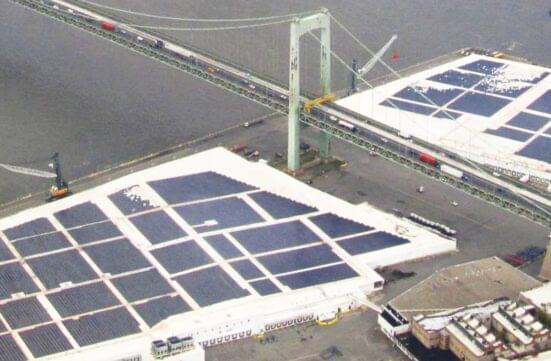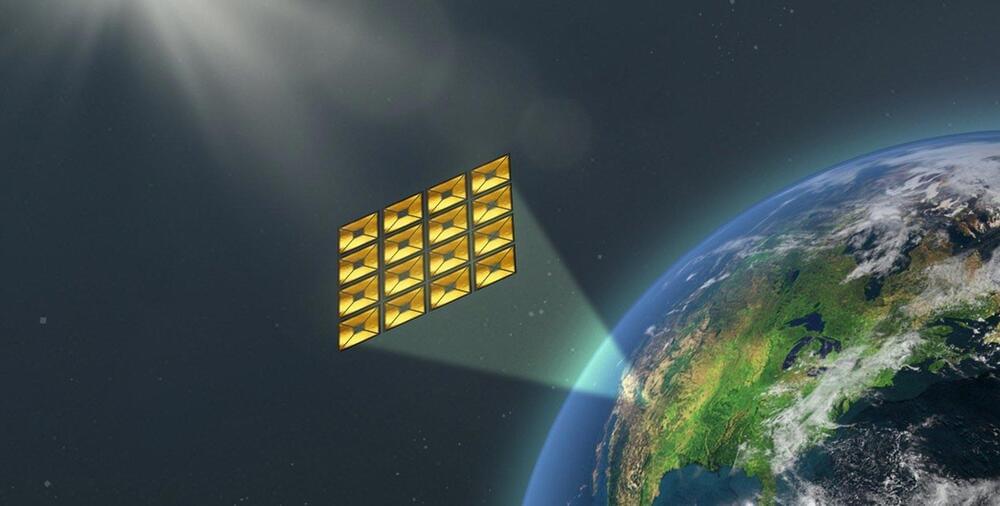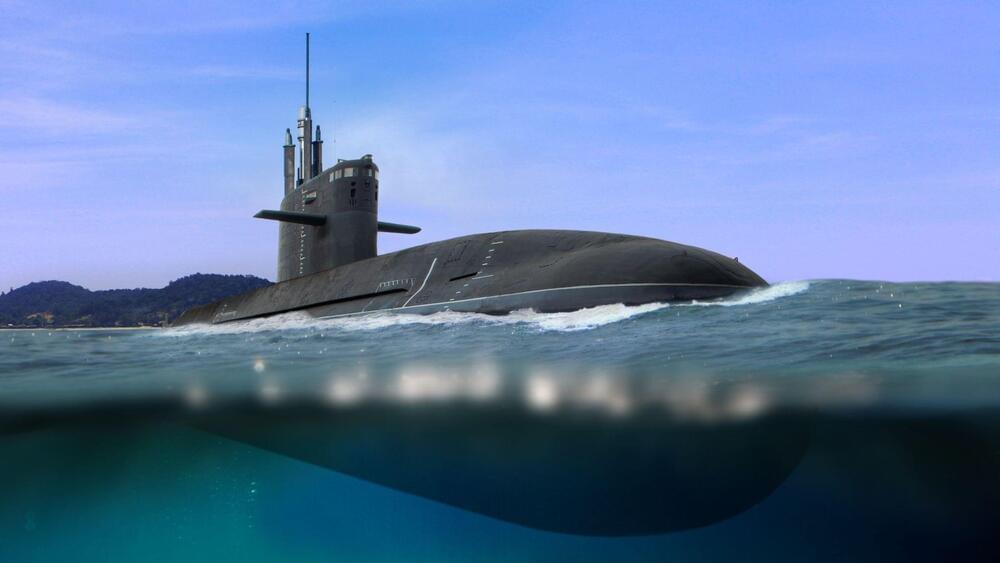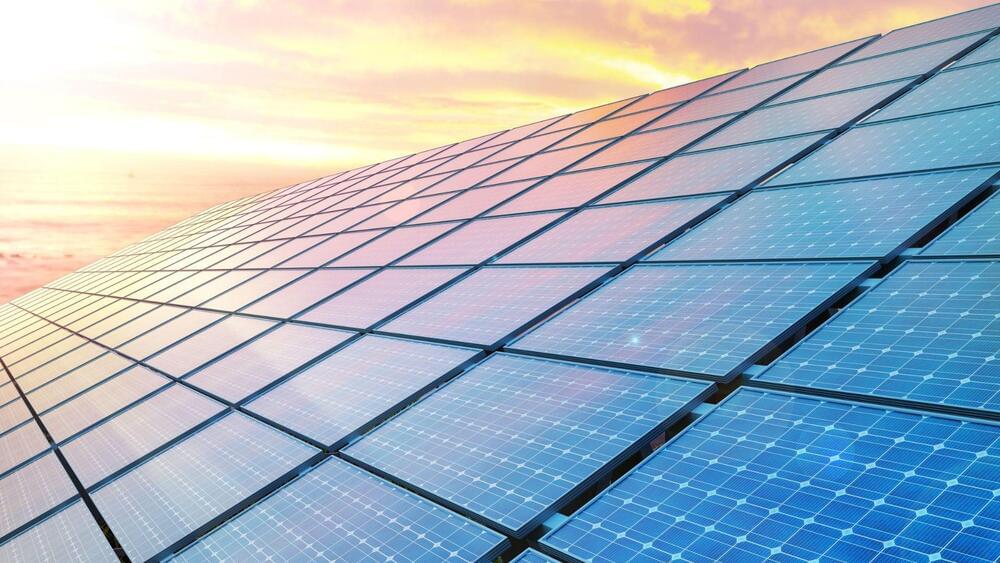Nov 2, 2022
Tesla Cybertruck production reportedly delayed further to 2023 end
Posted by Gemechu Taye in categories: Elon Musk, sustainability, transportation
Elon Musk’s final lap is one year long.
Fans of Tesla’s much-awaited Cybertruck may have to wait for yet another year to see their dream pickup at their doorstep. According to a Reuters.
When Elon Musk first showcased the Cybertruck, it immediately caught the eye of many motorheads. With a $100 fee to book the truck, many jumped in the fray to get one. Years have now rolled by, and Tesla has been pushing back production dates.
Continue reading “Tesla Cybertruck production reportedly delayed further to 2023 end” »
